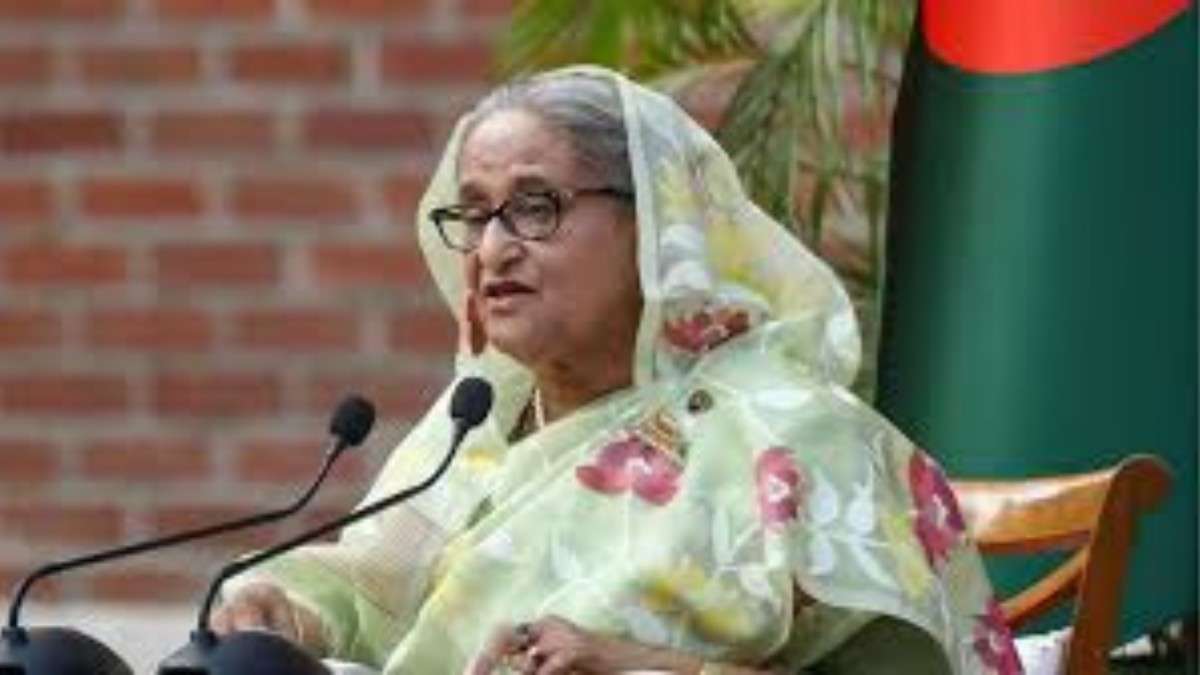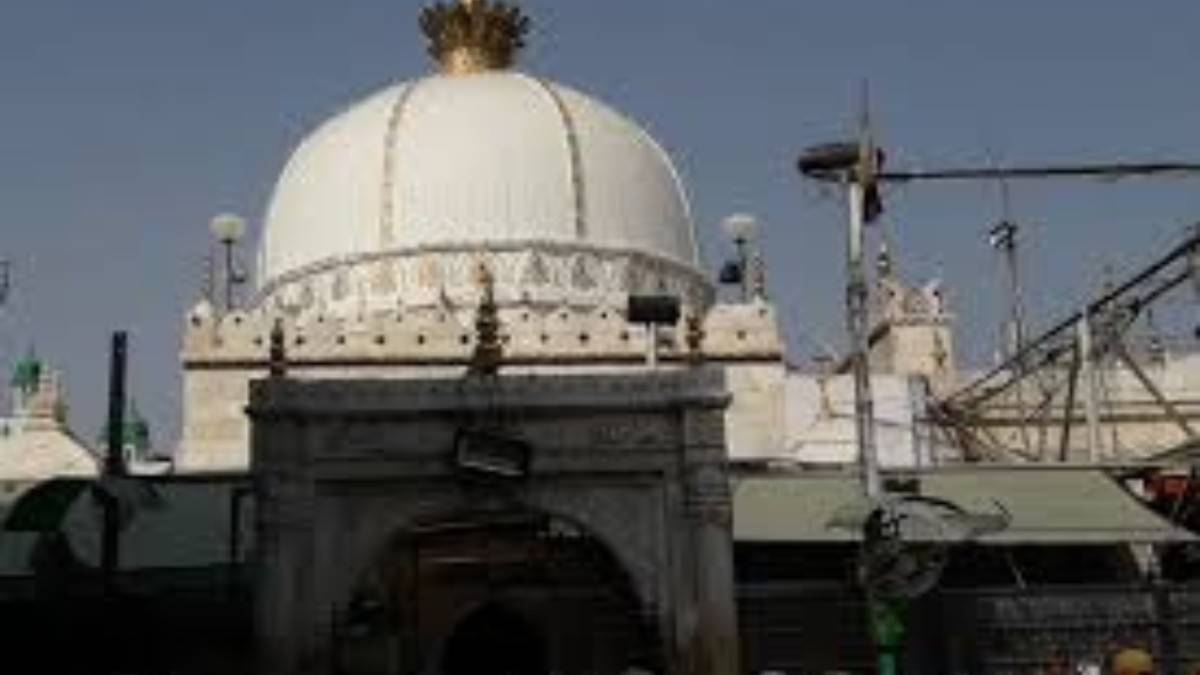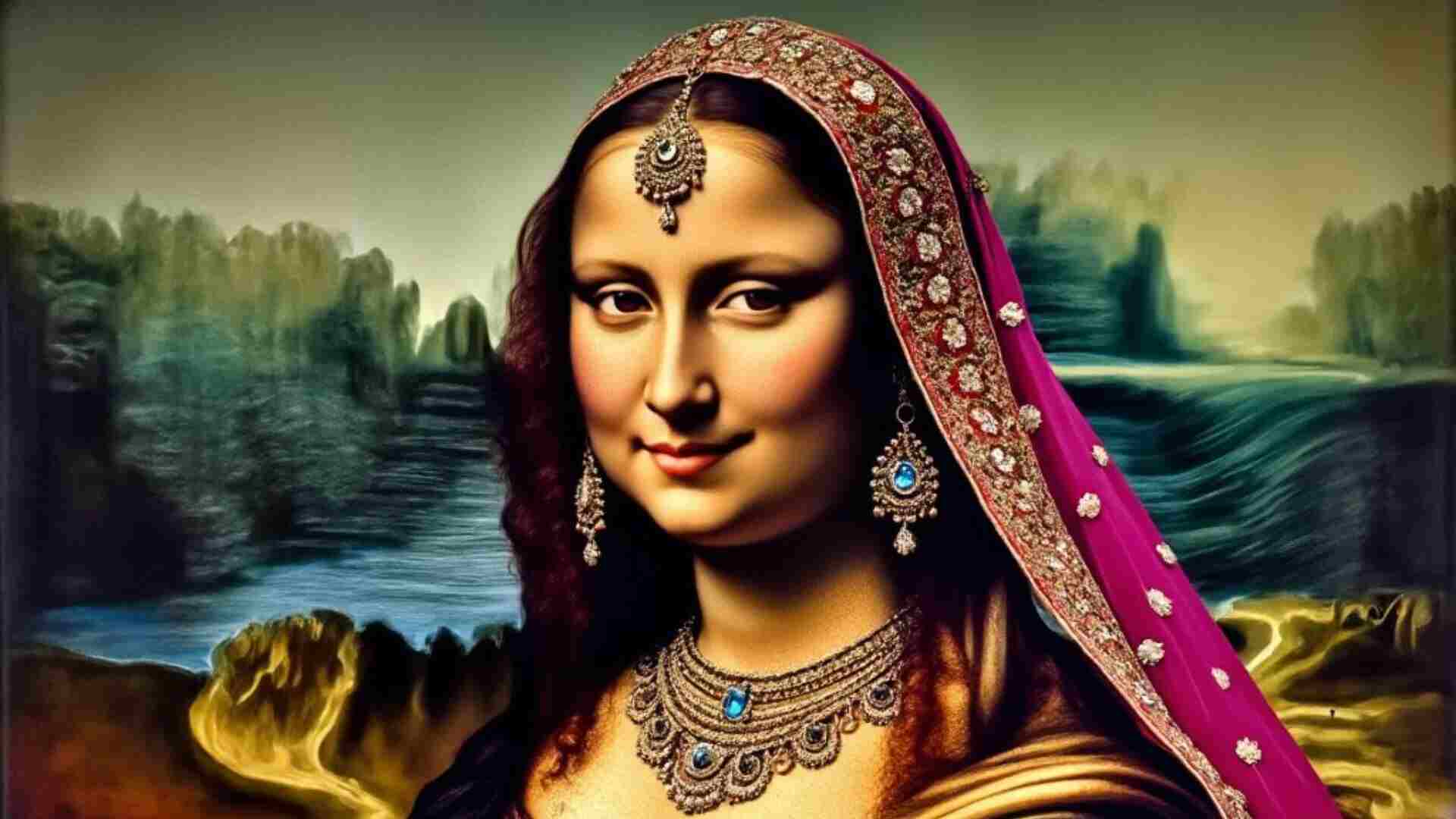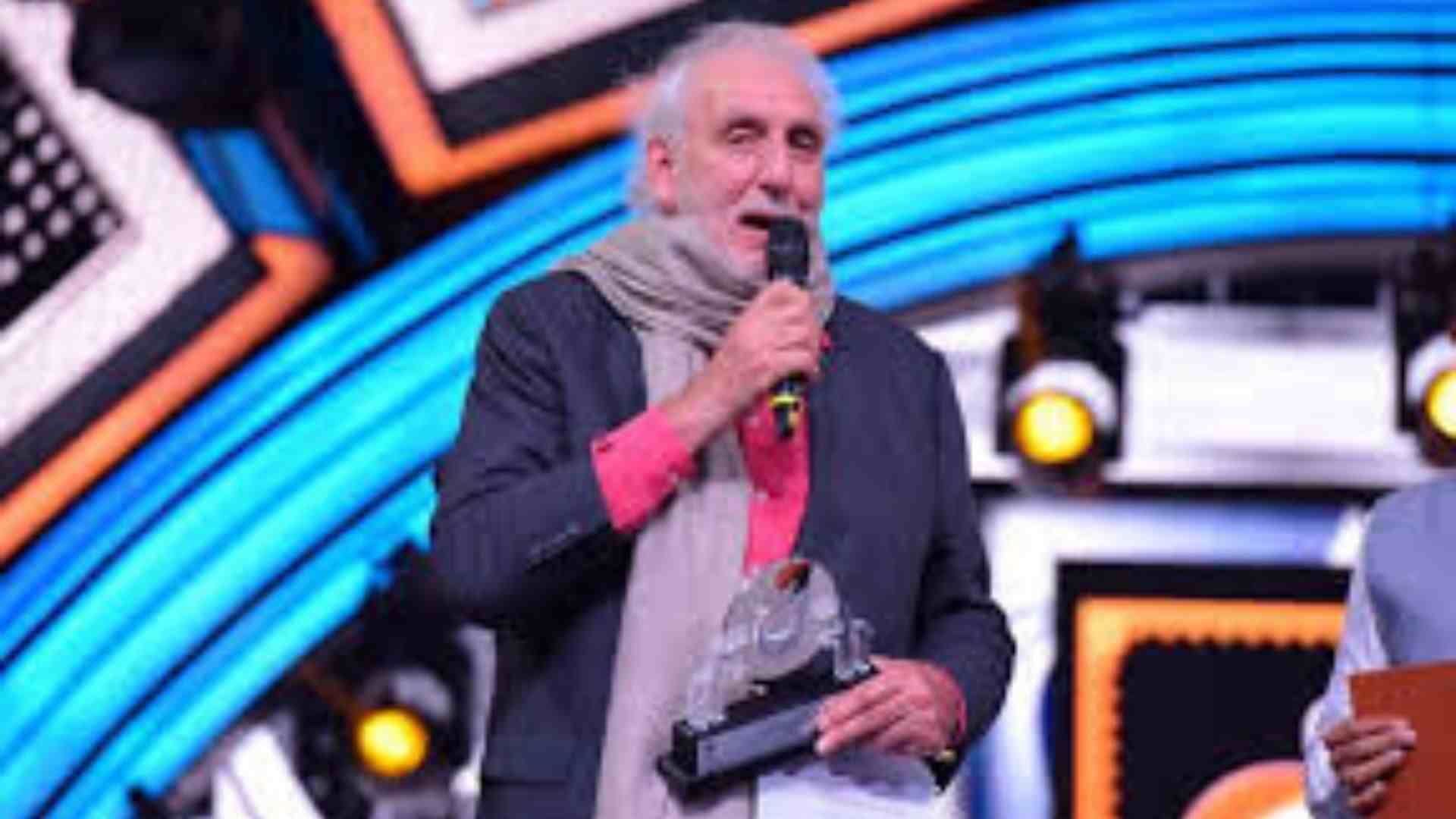India, the most populous country, will continue to live in its villages till the 2050s, even as a number of rural settlements now have more population than that required for them to be called a town, putting them at risk of missing out on growth opportunities, experts said on Thursday.
With the latest Census exercise being delayed due to the Covid pandemic, available data from the 2011 Census shows there are 23,335 villages with a population of over 5,000, but continue to be in the category of villages as they do not fulfill other criteria, standing at a risk of missing on programmes meant for urban centres, they said. In India, a settlement is considered urban if it has a population of over 5,000, density of population is at least 400 people per sq km, and at least 75 per cent of the population must be involved in non-agricultural activities. The number of people living in centres with a population over 5,000 is over 23.5 per cent of the total rural population.
“India does still live in its villages demographically, even though we don’t have definitive data because the 2021 Census has not been conducted. It is highly probable that India will still be living in its villages demographically till the 2050s, but it has been predominantly urban economically since the late 1990s,” said Aromar Revi, Director, Indian Institute for Human Settlements (IIHS), an interdisciplinary national university focused on urbanisation.
“India uses a three-tier urban classification using density, population size and percentage of male non-agricultural workers. There are many issues with these criteria in the middle of a massive urban transition, which a number of researchers have identified, but even with changes in those definitions, India as an aggregate still lives in its villages,” he said.
According to the latest UN data, India has become the world’s most populous nation with 142.86 crore people.














